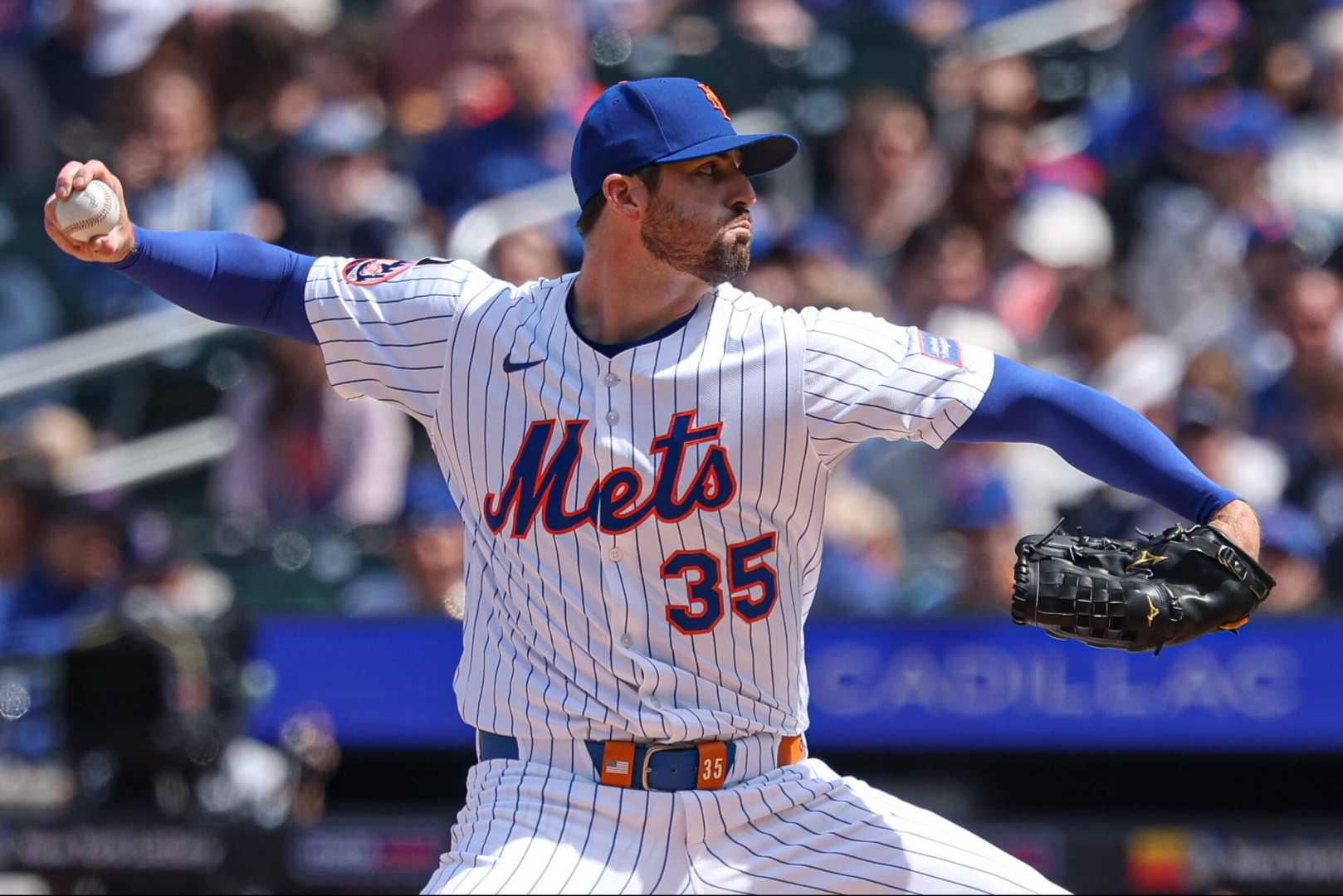Sports
Mets Face Dilemma on Clay Holmes’ Role Amid Post-Break Outlook

NEW YORK, NY — The New York Mets are weighing how to manage pitcher Clay Holmes as they enter the second half of the season. With the team’s starting rotation leading Major League Baseball in ERA for much of the first half, injuries have tested the squad’s depth, and now, Holmes’ increasing innings pitch is a major concern.
Holmes has been an unexpected asset for the Mets after signing a three-year, $38 million contract during the offseason. The right-hander, who transitioned from a dependable reliever to starting pitcher, has posted a commendable 3.31 ERA in 19 starts, a significant jump from the four starts he made prior to this season.
Despite his success, the Mets face a dilemma regarding his workload. Holmes has exceeded 100 innings this year, a major milestone for a pitcher who has not surpassed 70 in any previous season. As he approaches the high end of his workload—potentially nearing 180 innings by the end of the regular season—management must consider strategies to prevent injury and maintain performance.
The team has not publicly discussed any innings limits, but there are indications they are closely monitoring Holmes’ output. His next start is set for Saturday against the Atlanta Braves, which raises questions about the choice between him and Senga, who had more rest leading into the game.
One potential strategy is to keep Holmes in the rotation without additional adjustments; this would align with the team’s original plan for him to handle a typical starter’s workload. However, the recent trends have raised concerns as his ERA has climbed to 4.20 over his last six outings. He has seen a rise in walks and home runs allowed, signaling that fatigue may be setting in.
Another option could involve reducing his pitch count and employing a more conservative approach. This ‘five and dive’ strategy might keep him fresh for the postseason but could also strain the team’s already taxed bullpen further.
Alternatively, the Mets could consider shifting Holmes back to a relief role, a position where he previously excelled. Although this move would create a gap in the starting rotation, it could enhance the team’s chances in high-pressure situations during October.
The final option remains a cautious approach, sidelining Holmes temporarily to manage his innings. However, this strategy could be risky, considering past conflicts the team has faced over player management issues.
Ultimately, the Mets must navigate this challenge wisely, as Holmes has played a crucial role in their success this season, maintaining a record over ten games above .500. Ensuring he is effective as the playoffs approach will be critical for the Mets’ championship aspirations.












